
Adaptation and mitigation synergies gap: a problem and an opportunity
Adaptation and mitigation synergies gap: a problem and an opportunity

By Martínez Görbig, Gerard (ITC-UT); Reckien, Diana (ITC-UT); Flacke, Johannes (ITC-UT)
Adaptation and mitigation are not the same topic. However, shall they follow different paths? Absolutely not.
In fact, to combine adaptation and mitigation measures might lead to a more cost-efficient outcome of the processes, as well as avoid maladaptation (the problem of increasing risks from adaptation) and malmitigation (the problem of increasing risks from mitigation) (Grafakos, S. et al. 2020). However, sometimes reality doesn’t follow the right direction. The research conducted in the paper Integration of mitigation and adaptation in urban climate change action plans in Europe: A systematic assessment (Grafakos, S. et al. 2020) states that there is an existing gap in this sense.
In the paper, the author analyzes the existing synergies in between adaptation and mitigation plans in urban areas. From 885 analyzed cities, just a 147 (17%) had integrated adaptation and mitigation in an integrated manner. From all other cities, just 62 (7%) had both plans – but treated separately-, 376 (42%) had a mitigation plan and 12 (1%) had an adaptation plan. It seems to be critical that the 33% of the cities don’t have any kind of plan.
The results of the paper showed that this might be caused by a knowledge gap in the “Envisioning and Planning” stage, associated to the identification of adaptation and mitigation synergies, co-benefits, trade-offs and conflicts. Moreover, there is the economic assessment of adaptation and mitigation actions during prioritization processes.
Nevertheless, the number of cities taking actions against climate change and starting mitigation and adaptation plans is increasing in recent years. National policies, along with international initiatives such as the Covenant of Mayors or the UN Compact of Mayors are raising awareness and being important drivers on these plans’ implementation (Reckien et al. 2018). Even more, probably the fact that mitigation had been included in most of the analyzed plans can be caused by the action of these organizations: a GHG emissions profile is integrated in a 71% of the analyzed CCAPs, whereas a 60% of them have addressed a vulnerability profile in them.
Due to these studies, we can affirm that the mentioned gap offers an opportunity to act in there, taking profit of this awareness raise and introducing synergies in between mitigation and adaptation plans.
In this sense, the LOCALISED project will provide decision takers and stakeholders with diverse tools that might help them. To offer already calculated feasible adaptation and mitigation measures for NUTS3 regions will facilitate a lot the previous processes to implementation and help create more synergies in between both kind of plans.
Figure reference: Mitigation and Adaptation Actions (Source: Eastern and Midland Climate Action Regional Office – CARO). Source: Carlow City Council (Oct, 2021). Carlow County City Development Plan 2022-2028. Chapter 7: Climate Action and Energy.

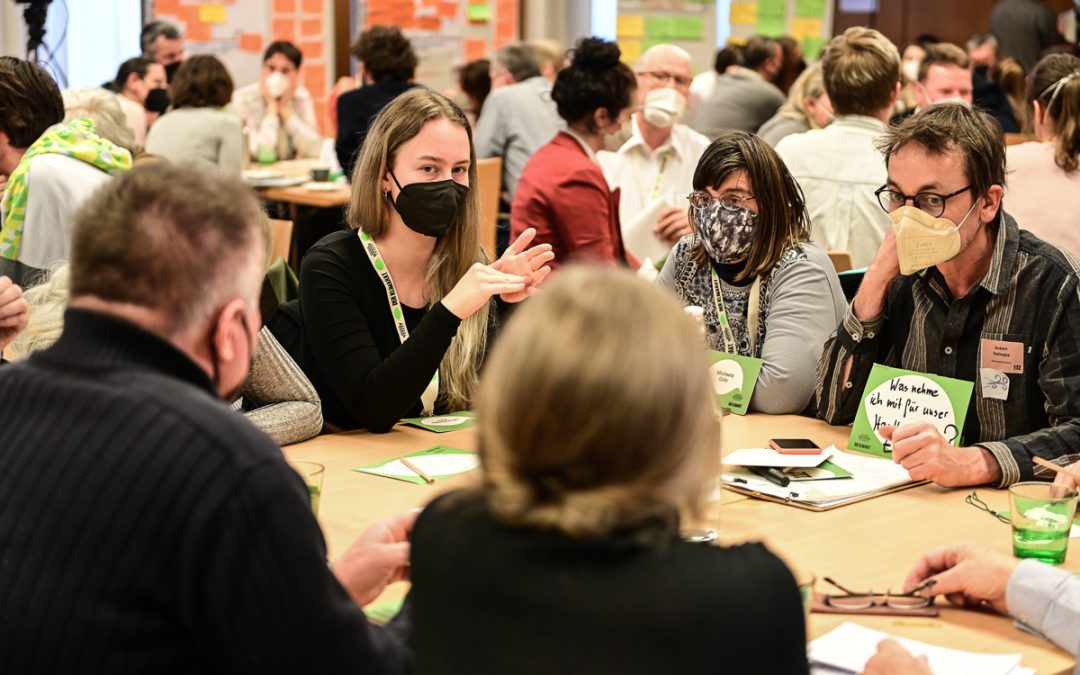


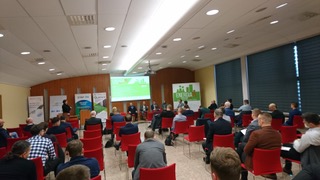
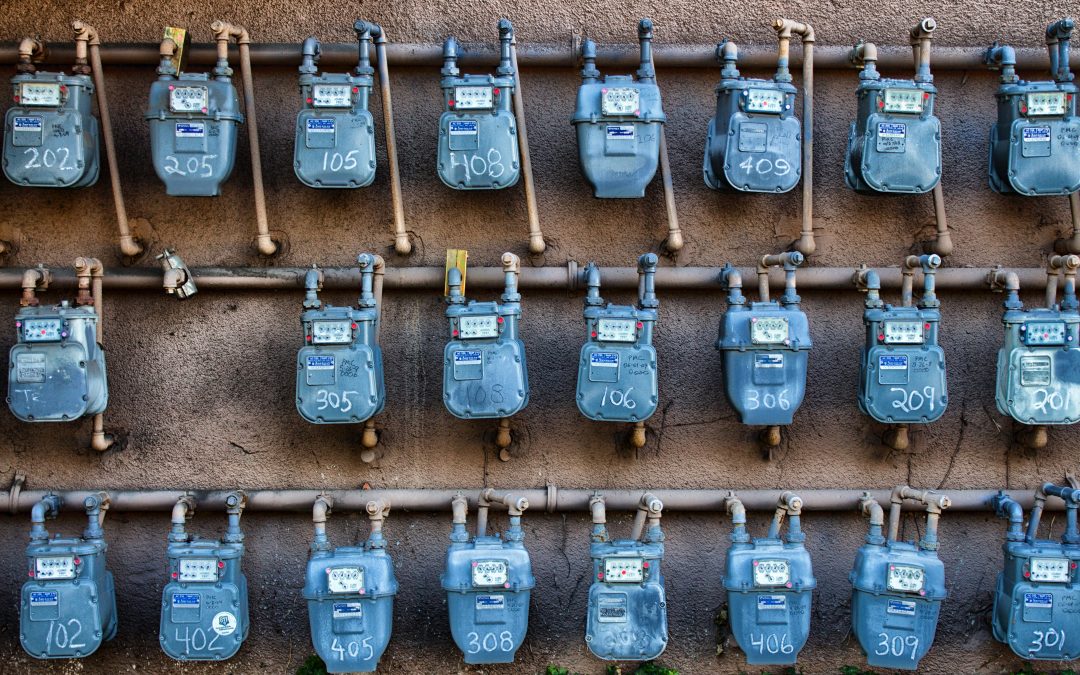
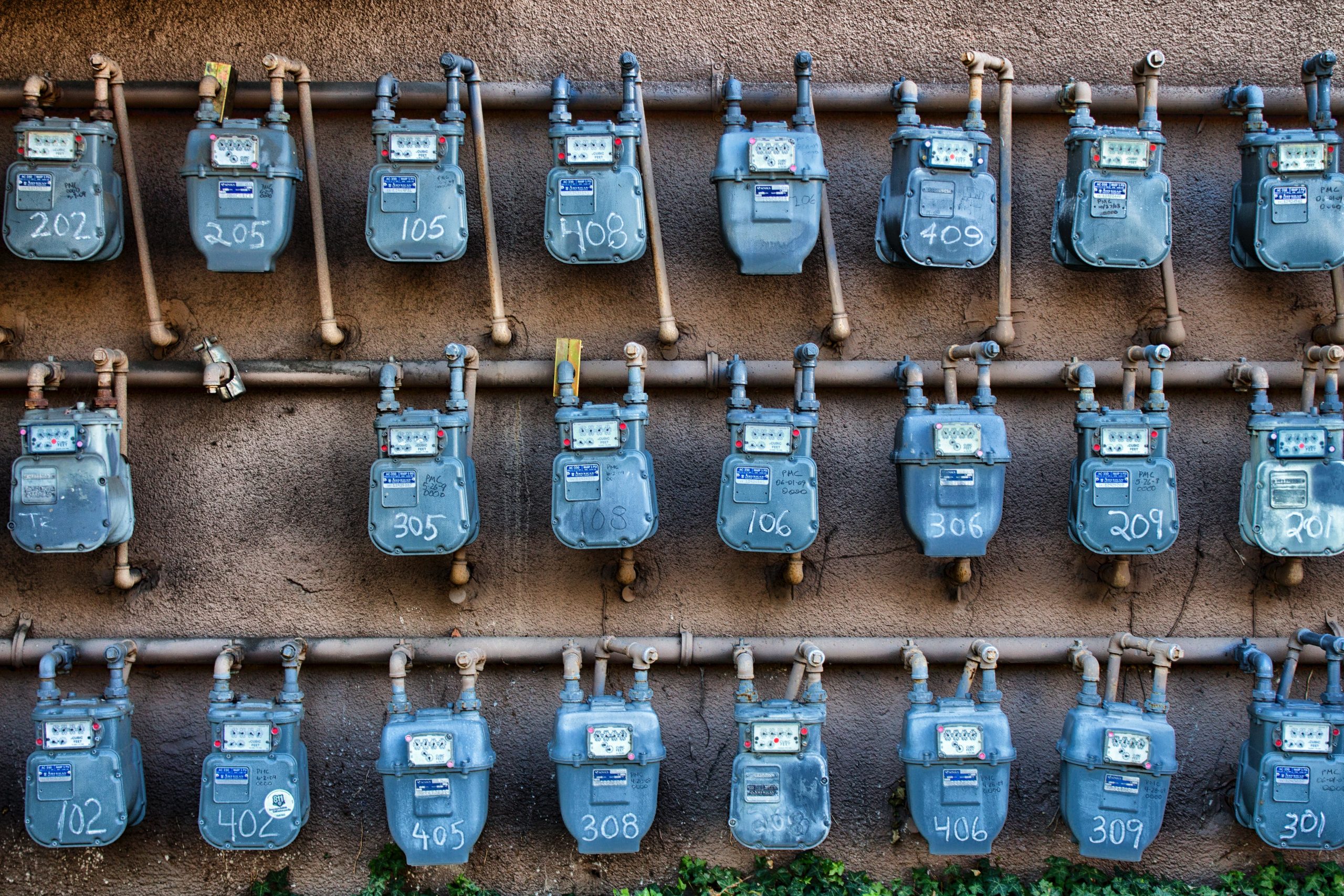


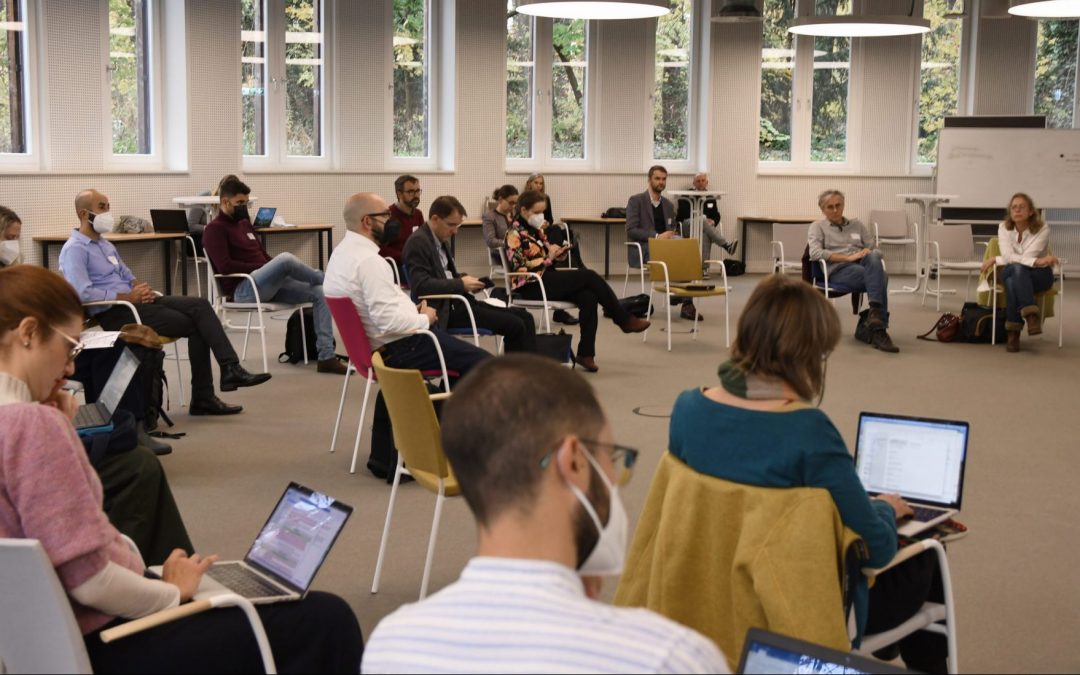

Recent Comments